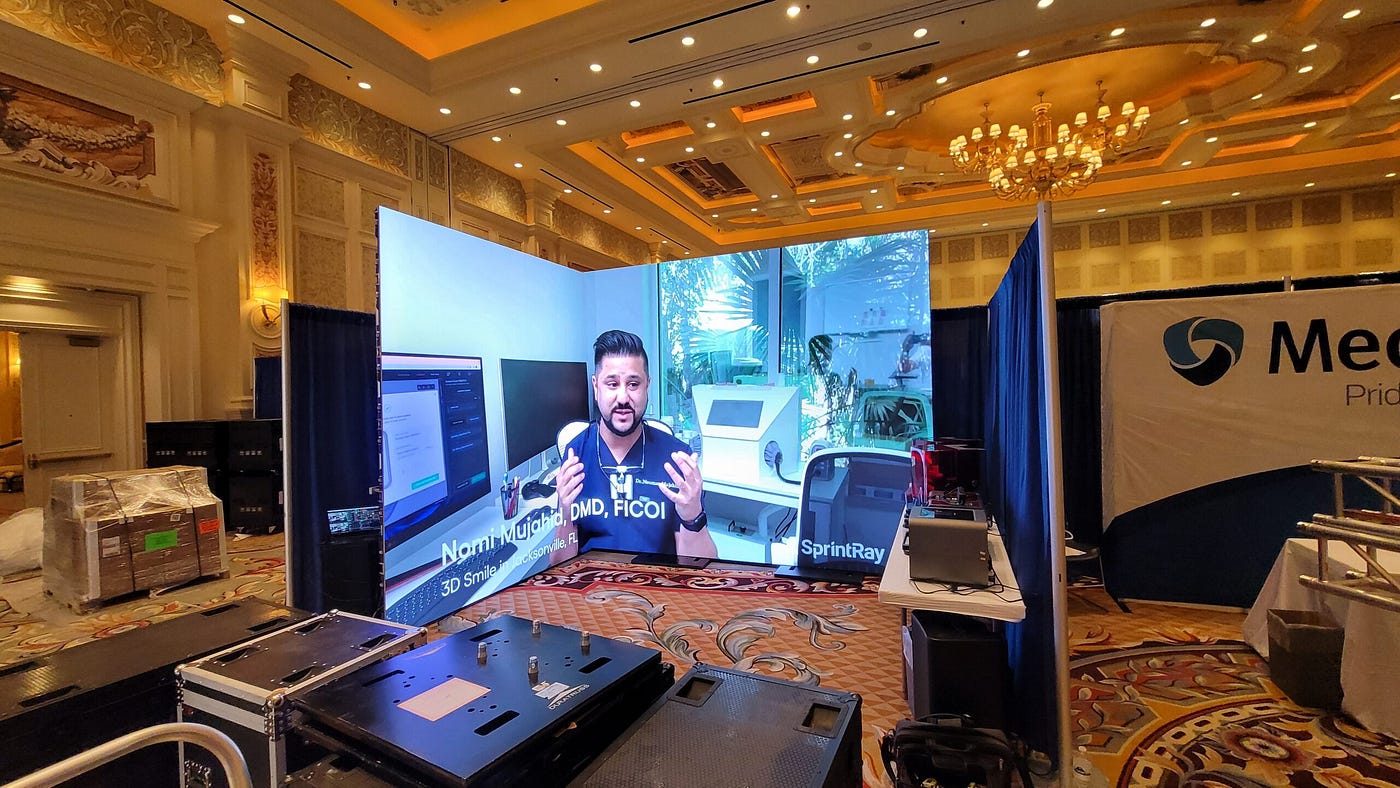Investigating the Durability of LED Display Screens in Contrast to Traditional Display Methods
Light-emitting diode wall screens have become increasingly favored in current years, particularly in environments like educational institutions, businesses, and public areas. These panels use light-emitting lights (LEDs) to produce bright and vibrant images. One of the most notable advantages of LED technology is its durability in contrast to traditional screen technologies, such as CRT tube monitors (CRTs) and liquid crystal displays. Understanding the distinctions in duration and functionality between these options can help consumers make informed decisions about their screen requirements.
Traditional display methods, like CRTs, have been present for many decades. They were commonly used in televisions and PC monitors. However, CRTs have a limited duration, typically lasting approximately 10,000 to 20,000 hrs of operation. This means that after a few of years, consumers may notice a deterioration in image quality, such as fading or hue distortion. In contrast, LED panel screens can last significantly longer, often exceeding 50,000 hrs. This extended lifespan means that consumers can enjoy consistent functionality without the requirement for frequent replacements.
Another crucial factor to take into account is power efficiency. LED wall screens consume less power than conventional screens, which not only helps the environment but also lowers power expenses. For example, while a CRT monitor may consume approximately 100 watts of power, an LED screen can consume as little as 30 to 50 watts. This discrepancy in power consumption contributes to the total durability of LED technology, as lower energy consumption generates less thermal energy. Excess heat can harm electronic parts, resulting to a reduced lifespan for conventional screens.
In furthermore to their longer lifespan and power conservation, LED wall panels also offer enhanced visual quality. They offer more vivid colors and better contrast, making them perfect for multiple applications, from advertising to educational displays. The innovation behind LED screens Find Out More allows for a wider viewing angle, meaning that images stay sharp and lively even when viewed from the side. This is a major benefit over conventional displays, which often suffer from hue distortion and reduced brightness at broader perspectives.
In summary, the longevity of LED wall panels compared to conventional screen technologies is a crucial aspect for buyers to take into account. With durations that can exceed 50,000 hours, power efficiency, and superior image quality, LED innovation provides many advantages. As innovation continues to advance, LED wall screens are probably to turn even more common in various settings. Understanding these differences can assist people and entities make improved decisions when investing in display technology, ensuring they receive the best worth for their requirements.